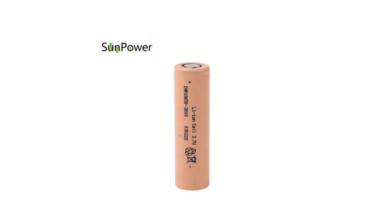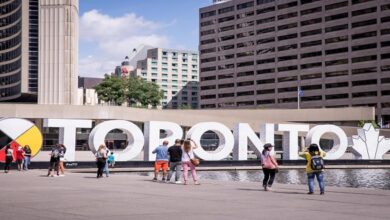Check your link profile

Your site has a much larger quantity of links than competitors, but isn’t ranking in the top-50 for the same keyword. If you have a significantly larger amount of links pointing to your page than competing sites, and your site is nowhere to be seen in the top-50 (but it was before), then you may have been penalized by the Penguin update.
- Your site has a very large quantity of links from shoddy looking sites, e.g. sites that look like the following, seolinksdirectory.com, addurlsfree.com, freelinkdirectory.com, and so on.
- Your page has anchor text pointing to the page for your targeted keyword greater than 20% as a general rule. Example: if 90% of the links pointing to the page have a targeted keyword as the anchor text, it is possible you may have been penalized by the Penguin update.
- Use the Panguin tool to see if you have any sudden traffic declines around the times of the Google updates. If your traffic has not recovered, then it is possible your site has been penalized by Pengui
Google Penguin recovery steps
The following list walks you through the process required to heal a site penalized by Google Penguin. Please note, before you do any of these items, you must be absolutely confident your site has been affected by these updates. If your site has not been penalized by these updates, the below steps could do more harm than good to your site. If you are certain, it is highly recommended you seek professional advice.
- Export all the backlinks to the page that has been penalized, using your Google Webmaster tools account, Open Site Explorer and Majestic SEO. Compile all of the links together into an Excel spreadsheet. Go through and group together the links on spammy domains (e.g. freelinks.tv, seolinksdirectory.com, freeseolinks.com, bizlinks.biz and so on)
- Visit each of these spammy sites and look for a link removal page. If there is no link removal page, find a contact page and request the site administrator to remove your link from their site. Provide a link to the page in your message to make it easier for the webmaster. If you cannot locate any contact information for the site, use Domain Whois to find the site owner’s contact details and contact the owner directly.
- After you have allowed one-to-two weeks for the webmasters to remove the links to your site, find the spammy links for the sites you have not been able to remove and put each of these bad links into a plain text file, with each link placed on a new line. Log into Google Webmaster Tools and submit these links using the ‘Remove URLs’ page in the ‘Optimization’ section. Again, if you are uncertain about what you are doing, consult a professional SEO otherwise you could risk doing more harm than good.
- File a reconsideration request in Google Webmaster tools. This should only occur after you have made a very thorough effort to remove your links manually and then disavowed the links through the disavow link tool. You must submit a request to Google to let them know you believe you have been blocked by the Penguin update, and have gone to great efforts to clean up the link spam.
Last word
- Await response and monitor rankings changes. As mentioned, recovering from a Google Penguin penalty is not something anybody should do without a base level of professional SEO experience and complete confidence the site has been penalized by the Penguin update. These steps have been included for those with SEO experience, and to illustrate the steps required to recover from a Penguin penalty. It is highly recommended you speak with an expert before doing any of the above to attempt to recover from a penalty





